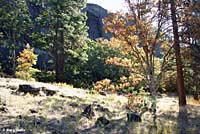
Pacific Northwest
Reptiles & Amphibians
Click on a picture for a larger view 
Western Rattlesnake - Crotalus oreganus
Northern Pacific Rattlesnake - Crotalus oreganus oreganus
Holbrook, 1840(= Crotalus viridis oreganus & = Crotalus oreganus)
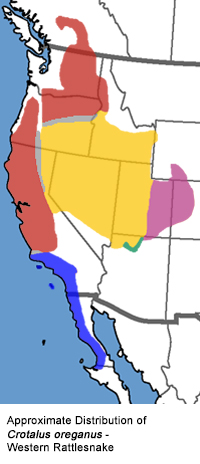
Red = C. o. oreganus
Click the map for a key to the other subspecies.
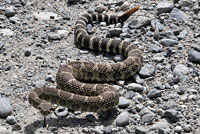 |
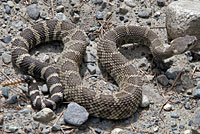 |
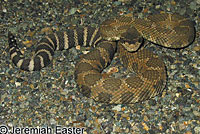 |
| Adult, Okanagan County, Washington | Adult, Kittitas County, Washington © Jeremiah Easter |
|
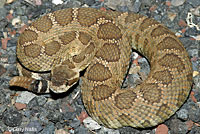 |
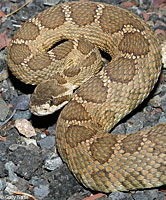 |
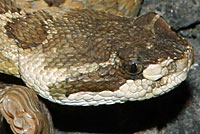 |
| Adult, Klickitat County, Washington | ||
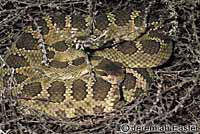 |
 |
 |
| Adult, Grant County, Washington © Jeremiah Easter |
Adult, Kittitas County, Washington © Jeremiah Easter |
Adult, Deschutes County, Oregon © Riley Frasier |
 |
||
| Adult, Deschutes County, Oregon © Riley Frasier |
||
| C. oreganus from Oregon Area of Intergradation with C. o. lutosus - Great Basin Rattlesnake | ||
 |
||
| Adult, Crook County, Oregon © Riley Frasier found approximately 20 miles northwest of the most northwesterly report of a "true" C. o. lutosus |
||
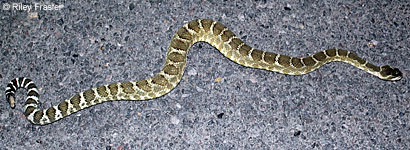 |
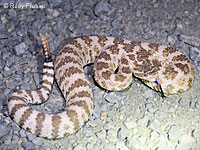 |
|
| Adult, Crook County, Oregon © Riley Frasier found approximtely 50 miles northwest of the most northwesterly report of a "true" C. o. lutosus |
Adult, Crook County, Oregon © Riley Frasier found approximately 20 miles northwest of the most northwesterly report of a "true" C. o. lutosus |
|
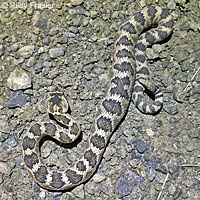 |
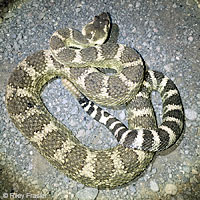 |
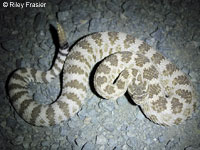 |
| Adult, Crook County, Oregon © Riley Frasier found approximately 50 miles northwest of the most northwesterly report of a "true" C. o. lutosus |
Adult, Crook County, Oregon © Riley Frasier found approximately 50 miles northwest of the most northwesterly report of a "true" C. o. lutosus |
Adult, Crook County, Oregon © Riley Frasier found approximately 20 miles northwest of the most northwesterly report of a "true" C. o. lutosus |
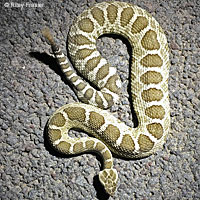 |
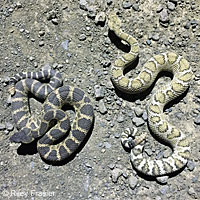 |
|
| Adult, Crook County, Oregon © Riley Frasier |
© Riley Frasier Left: typical C. o. oreganus Right: mix with C. o. lutosus These two snakes were found only a few miles apart in Crook County, Oregon, in an area where C. oreganus varies widely - about 50 + miles northwest of where "true" C. o. lutosus is found, and about 20-30 miles southeast of "true" C. o. oreganus. |
|
| Habitat | ||
 |
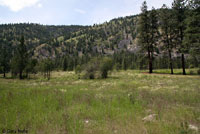 |
|
| Habitat, Yakima County, Washington | Habitat, Okanagan County, Washington | Habitat, Klickitat County, Washington |
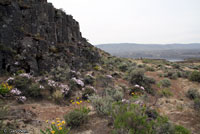 |
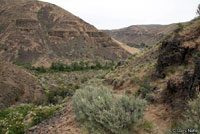 |
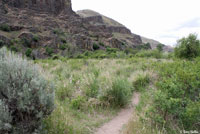 |
| Habitat, Grant County, Washington | Habitat, Kittitas County, Washington | Habitat, Kittitas County, Washington |
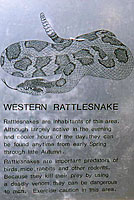 |
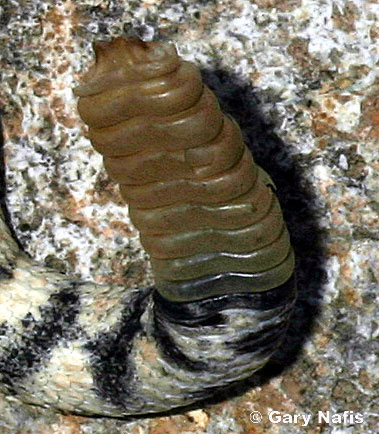 |
|
| Sign at a Washington State Park |
Rattle | |
| Sounds and Videos | ||
 |
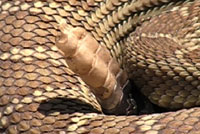 |
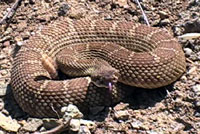 |
This is an 8 second recording of the rattling of thevNorthern Pacific Rattlesnake, Crotalus oreganus oreganus, shown above in Klickitat County, Washington. |
A Northern Pacific Rattlesnake rattles its tail in northern California. | A Northern Pacific Rattlesnake crossed a mountain road on a windy spring morning in Contra Costa County then coiled defensively at the edge of the road. Concerned with my presence a few yards away, it is seen here sensing the air with its tongue and rattling its tail, then pausing to watch a bicycle speed down the road, then rattling some more. |
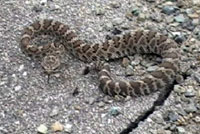 |
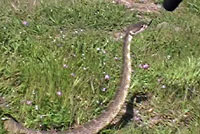 |
 |
| A juvenile rattlesnake rattles and crawls off a road in the foothills of Fresno County in early Fall. | The snake here is seen slowly following a snake hook with curiosity, not aggression. The hook had been used earlier to pick up a breeding pair of snakes, and we decided that this one was probably a male that smelled the scent of the breeding female on the hook. | Most rattlesnakes will do exactly what this one did when I encountered it in the late afternoon on a mountain road - turn and crawl quickly away, with a little rattling thrown in as a warning. Rattlesnakes are often depicted in fiction as aggressors, leaping and striking viciously, often for no reason other than to give the hero an excuse to kill it to prove himself. The truth is that rattlesnakes are almost always defensive, not offensive, when they encounter humans, wanting nothing more than to escape, and the least heroic thing someone can do is to automatically kill them. |
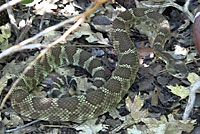 |
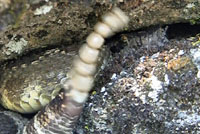 |
|
| This video begins with a squirrel's high-pitched alarm call coming from a large group of shrubs in the Sierra Nevada mountains. When I got closer the squirrel ran away and I saw this rattlesnake climbing down a branch then farther back into the bushes. Later, after the camera batteries died, the snake returned and crawled outside the shrubs while the squirrel called and ran around outside the bushes near the snake, but outside of its striking range. | A Northern Pacific Rattlesnake in the Sierra Nevada mountains crawls into a crack and shakes its tail. | |
Northwest Reptiles and Amphibians
Return to the Top
© 2000 -

